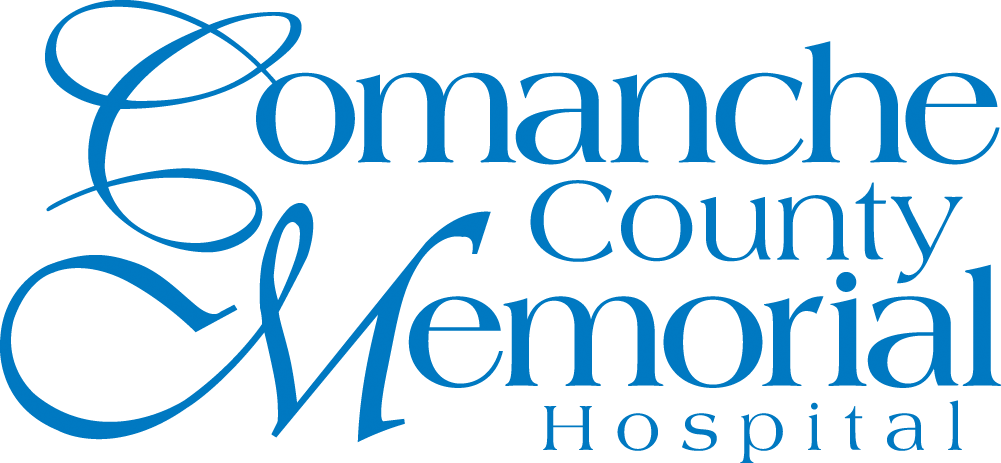This October, we’re also celebrating ADHD Awareness Month. For American children, ADHD is one of the most common childhood disorders. Five to 11 percent of children in this country are affected. Some of the most well-known symptoms in children are behaviors such as troubles with impulse control and paying attention. These issues can cause difficulties in school. However, not all children present the same symptoms or may show them in less understood ways. This can lead to adults living with undiagnosed ADHD, or children struggling in school and not understanding why. Read on to learn more about what ADHD means, its signs and treatment options for those diagnosed.
Attention Deficit Hyperactivity Disorder (ADHD)
To start, understand and recognize that ADHD is a brain-based behavioral disorder. Those diagnosed often have a slightly different brain make-up. And while academics and social settings may be more difficult because of symptoms, those diagnosed are not deficient.
There is currently no decisive cause, but genetics and other factors may increase the risk:
- Brain injuries
- Exposure to alcohol, tobacco and other environmental exposures
- Premature birth
- Low birth weight
The myths that eating too much sugar or watching too much television cause ADHD are not backed up by research.
Being diagnosed as a child also doesn’t mean your symptoms will worsen with age or that they’ll go away with age. Proper diagnosis and treatment are important.
Symptoms of ADHD
ADHD can present as the typical symptoms: impulsivity, hyperactivity, an inability to focus, etc. However, the way these present themselves can differ from the stereotype. There are also three forms of ADHD:
Primarily Hyperactive-Impulsive
This form is most likely what you would recognize as traditional ADHD. Those with this form will:
- Be in constant motion
- Feel restless
- Have problems staying quiet or waiting their turn to speak
Primarily Inattentive (Previously ‘ADD’)
Primarily inattentive types may sound less familiar. In fact, those diagnosed with this type may go entirely undiagnosed for years. Why? They are likely to:
- Not show obvious signs of disorganizations
- Overachieve in activities they find enjoyable – reading or other hobbies, certain school subjects, office tasks, etc.
- Show disinterest in activities, conversations and small details that do not excite them
Primarily Combined
Those diagnosed with primarily combined ADHD will show several symptoms and signs from both of the other types.
Diagnosing ADHD
Traditional diagnosis focuses on early detection. This means that most of the language and line of questioning required for diagnosis is meant to relate to younger children and teenagers. These come from the Diagnostic and Statistical Manual of Mental Disorders, or the DSM-V.
Children & Teenagers
Your doctor will:
- Look for symptoms shown over a six month time period
- Perform a physical exam
- Rule out other conditions that may be the cause of symptoms
If your doctor or specialist has decided ADHD is a likely cause, in order to be formally diagnosed, your child must show at least six out of nine symptoms detailed in the DSM-V.
Adults
Again, the DSM-V is written to diagnose children. Because of this, it’s estimated that fewer than 20% of adults living with ADHD are actually diagnosed or treated. Adults looking to receive diagnosis should:
- Show a minimum of five of the symptoms listed
- Prove these behaviors have been present before the age of 12
Treatment Options
ADHD treatment can be a sensitive topic. Parents, or recently diagnosed adults, may not want to medicate. There are plenty of reasons for this. However, medication is not your only option! ADHD treatment can take various forms:
- Stimulant medication
- Non-stimulant medication
- Therapy
- Maintaining a healthy diet
- Physical exercise
- Brain training
- Life coaching
- Accommodation in school, work, etc.)
ADHD is a complex behavioral disorder that can present in many different ways. The traditional thinking that boys are more likely to, or exclusively, develop ADHD is false. Make sure you are listening and watching your children for the signs and symptoms. If you’re an undiagnosed adult, make sure you receive the treatment you deserve.
Lawton Community Health Center provides Behavioral Wellness services that cover ADHD treatment. If you would like to find the right provider for you to help you on your journey, visit CCMH’s Find a Provider tool.
Disclaimer
The Comanche County Memorial Hospital website does not provide specific medical advice for individual cases. Comanche County Memorial Hospital does not endorse any medical or professional services obtained through information provided on this site, articles on the site or any links on this site.
Use of the information obtained by the Comanche County Memorial Hospital website does not replace medical advice given by a qualified medical provider to meet the medical needs of our readers or others.
While content is frequently updated, medical information changes quickly. Information may be out of date, and/or contain inaccuracies or typographical errors. For questions or concerns, please contact us at contact@ccmhhealth.com.
Sources:
ADDitude.
https://www.additudemag.com/statistics-of-adhd/
https://www.additudemag.com/adhd-in-children-symptoms-diagnosis-treatment/
US National Library of Medicine National Institutes of Health.
https://www.ncbi.nlm.nih.gov/pmc/articles/PMC5391018/


